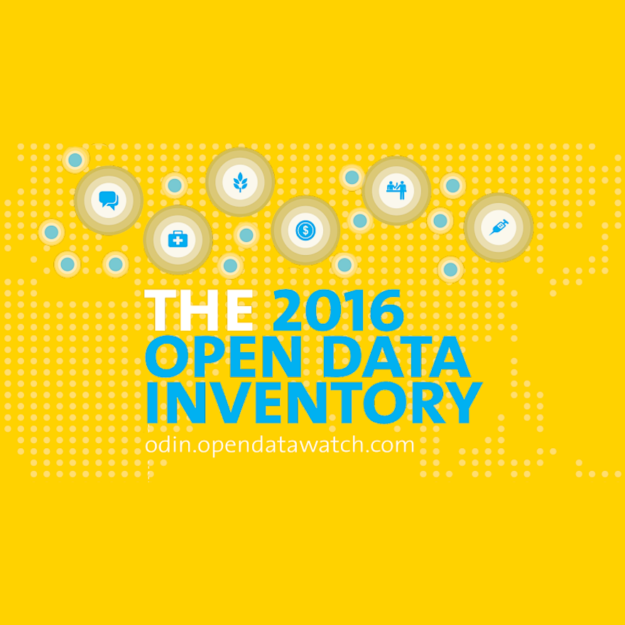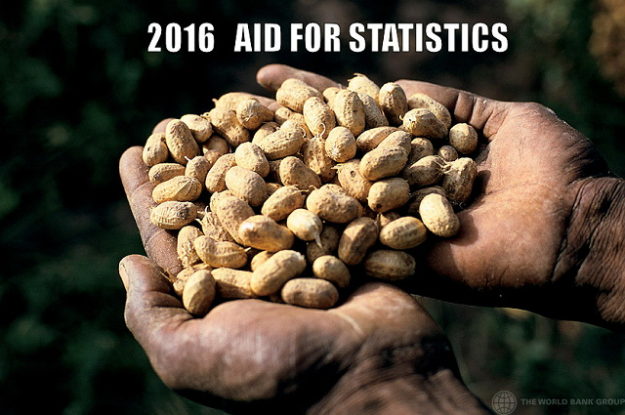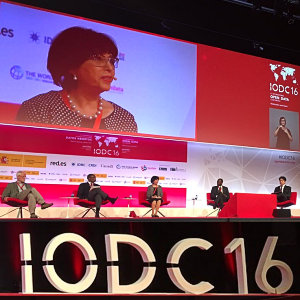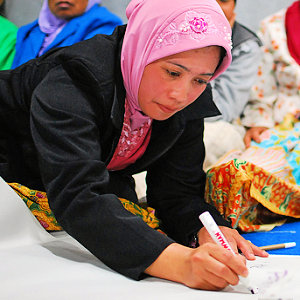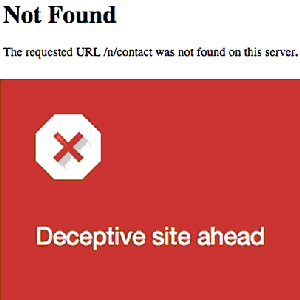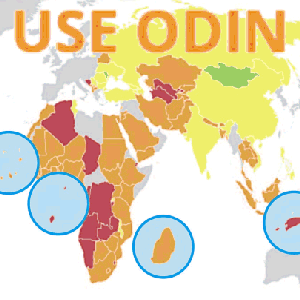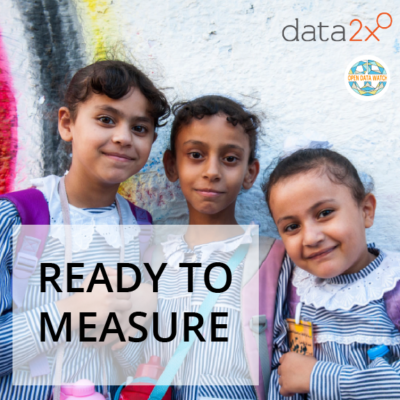Open Data Inventory 2016
The 2016 Open Data Inventory (ODIN) provides a comprehensive review of the coverage and openness of official statistics in 173 countries around the world, including most OECD countries. It features a methodology updated to reflect the latest international open data standards.


